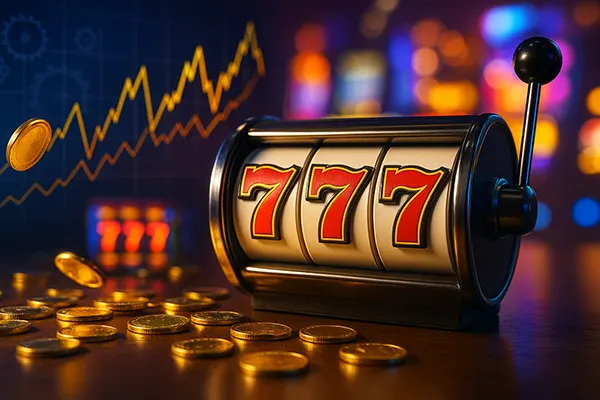
How to play the flush draw as the aggressor
A weak flush draw can do a lot of damage in a one-on-one confrontation. But when the flop sees more opponents, the odds increase that a stronger flush draw is present. Thus, in multi-sided pots, it’s important to play weak flush draws with caution.
In other words, you should keep the pot small if possible and even get out of the way and discard cards if necessary. To give you an example, here’s a six-player NL200 ($1/$2) online hand that shows a player behaving too aggressively with a weak flush draw in a multi-bet.
Four on the flop
This hand started with a raise to $5.84 from middle position, a call from the batton and both blinds. With just under 12 big blinds in the middle, four players saw the flop. At this point three showed weakness on the flop, which certainly could have been more co-ordinated.
The initial raiser, if he has a low pair against the king or high cards that don’t connect, should refrain from continuing to bet in a field of three opponents. He is likely to be called in at least one situation, and the call range will almost always beat him. Therefore, he should not be expected to make a check to call. A test bet will reveal this.
Does Button have any hands containing a king
Button also has sets of eights and fives in his range. Who should win this pot now if not him? All that said, betting on the flop was a wise choice by the player on the batton. However, the size of the button’s bet is something to think about, as he bet $32 in a pot of just over $23.

Thinning the field
Sometimes we bet and thin the field so that only we look around while the pot flies in our direction. But when we thin the field and still have company, our opponents are probably in the thick of things – where ‘it’ is the stronger hands of their ranges.
Betting as an action can strengthen an opponent’s continued range, but size also plays a role in this function. Theoretically, the bigger the bet, the stronger the range that will continue after it. So after the Button bet $32, it should seem strong enough that a player in middle position (the original raiser), seeing that both blinds were down, decided to make a big raise on this flop to $103.54 (almost 52 big blinds), leaving himself with about $151.
Too much power was shown here to continue with a low-equity hand. So when Button responded by moving all in on the top, he should expect a call with great regularity. Button went all-in and received a flush draw with a ten. Perhaps he felt he had no other option. The initial raiser equalised and showed for a nates flush draw, finding himself in a dominant position.
Bad capital
Once the cards were opened, the player in middle position was the 4-to-1 favourite. Button would have had better equity against the top pair, of course, but also against a set of fives (just a 3-to-1 dog).
Three mistakes were made here, the first of which is typical – call before the flop. Having a button doesn’t give you the right to play any hand in a vacuum. The second mistake was not a bet on the flop, but its size. You could have done the same for half the price. Finally, and perhaps the most expensive mistake was to counter his weak flush draw with a hand strong enough to make a big check-raise against the overbet on the flop, which was visible from four sides.





